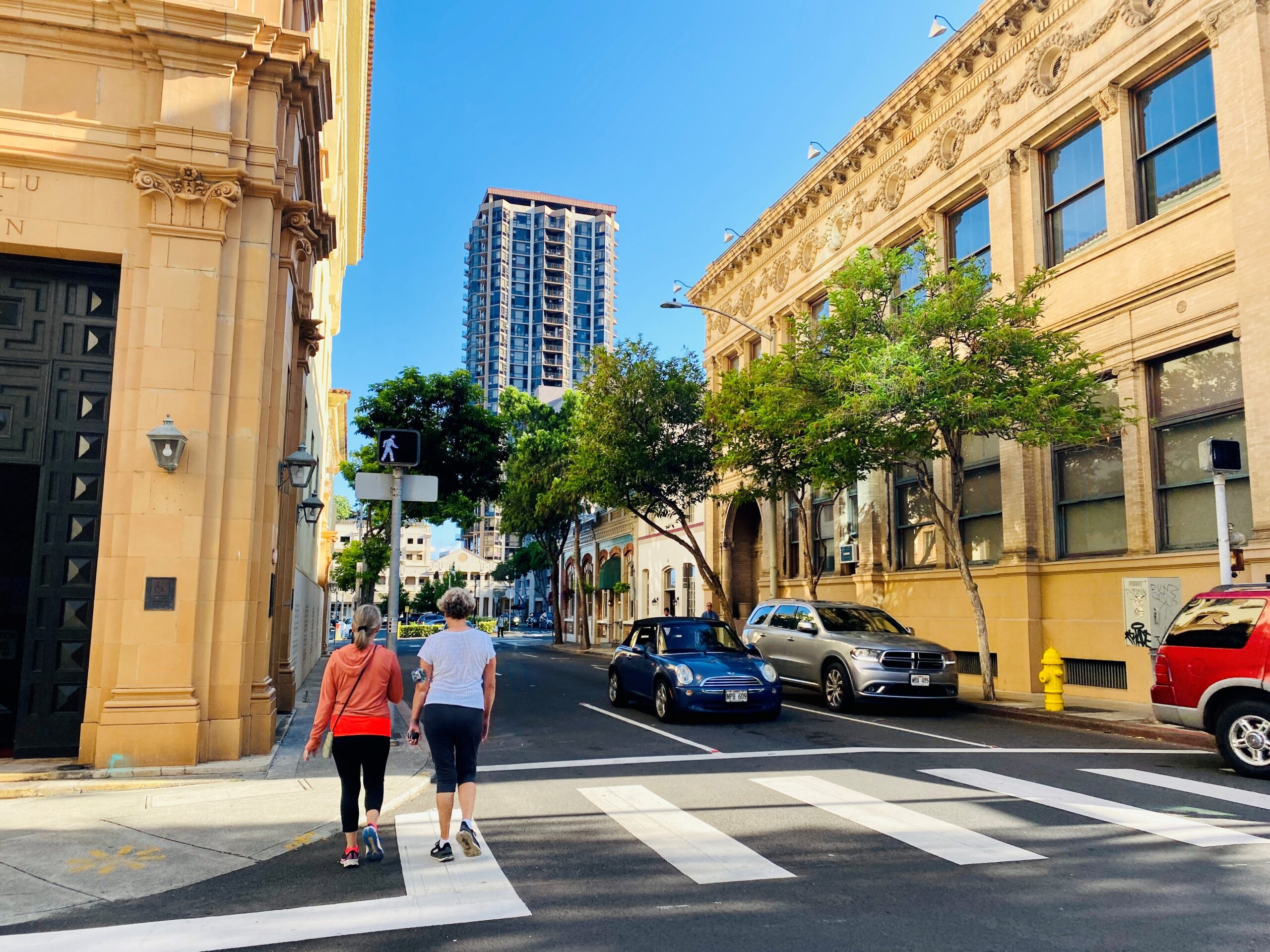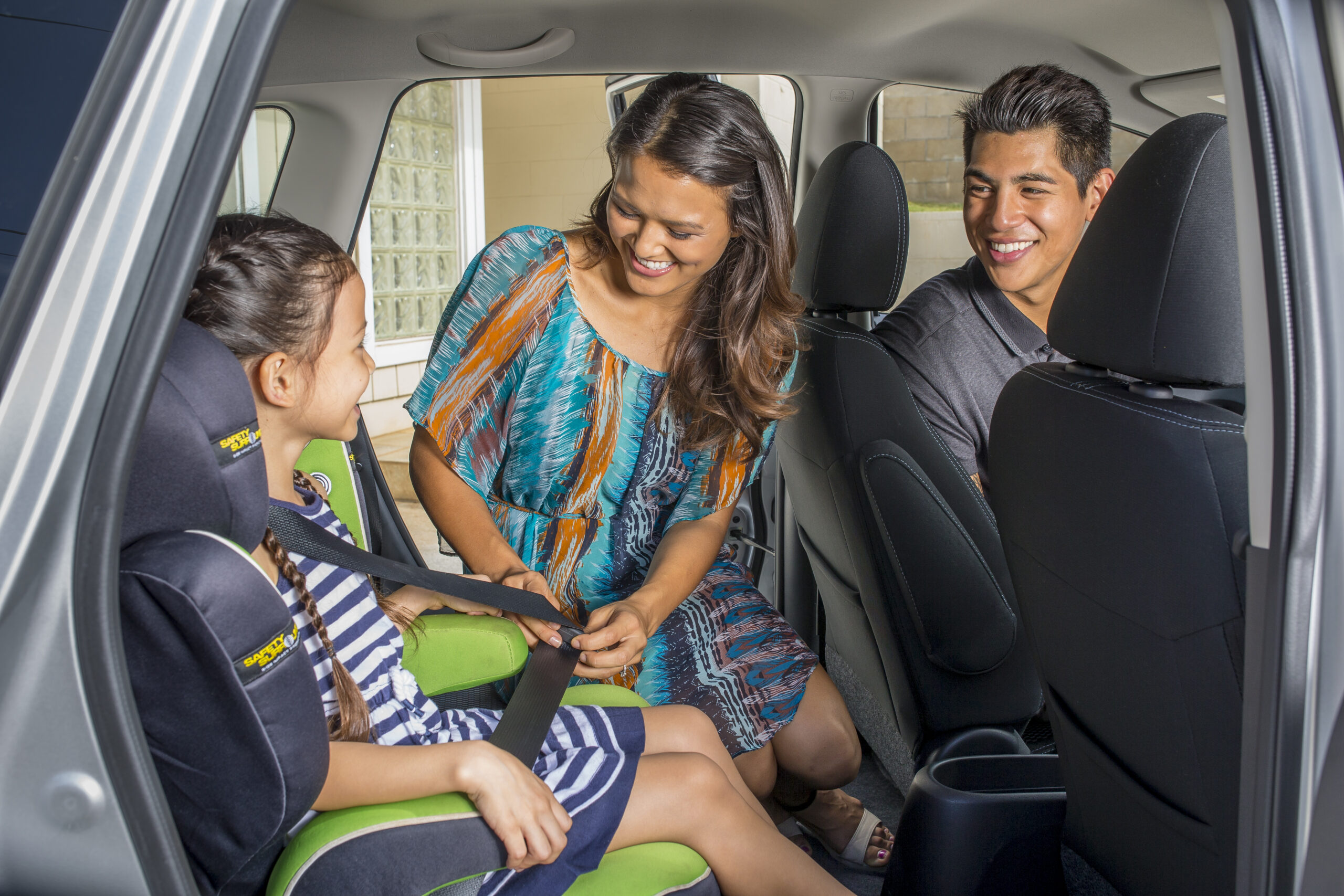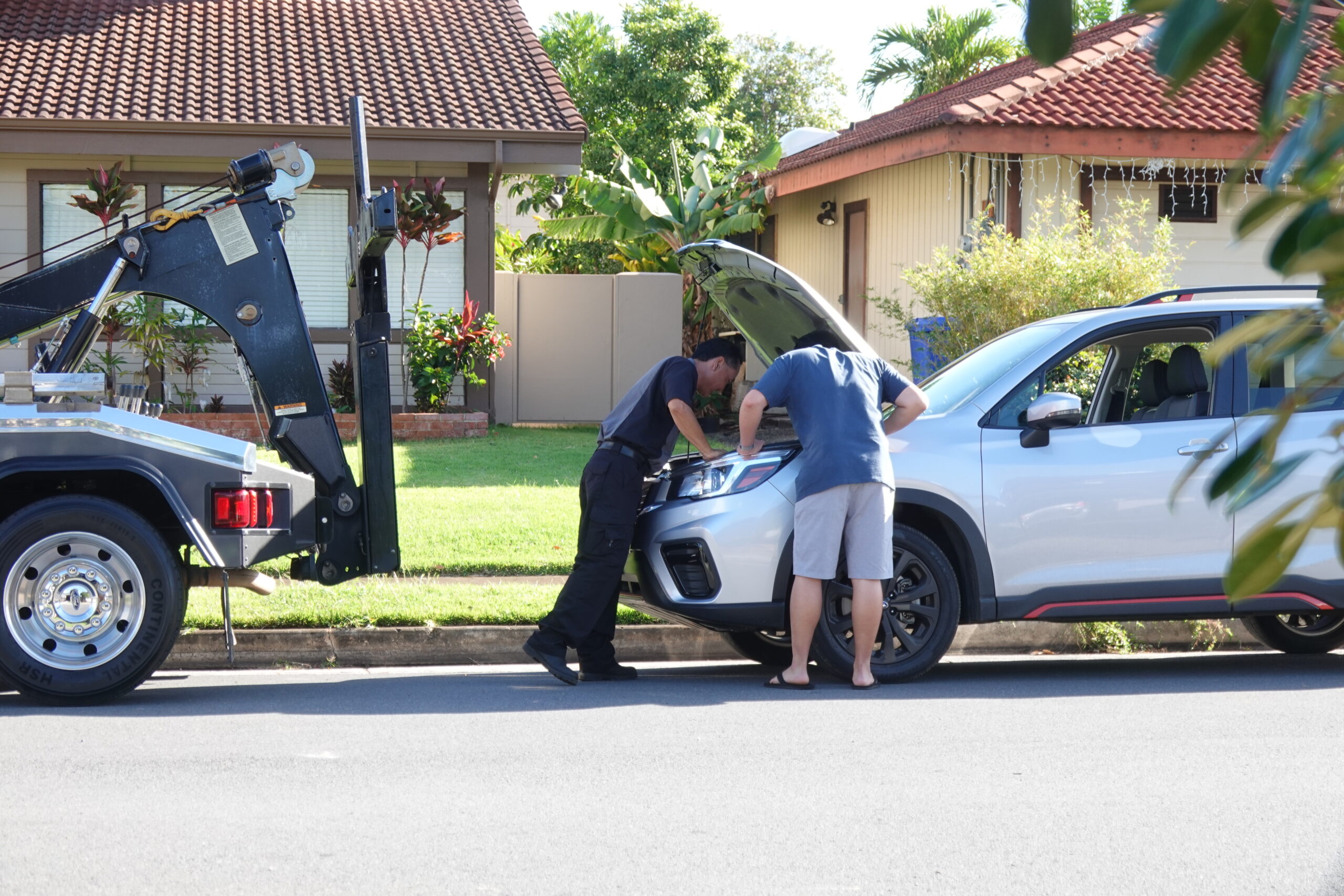
Auto Safety
Preventing Distracted Driving Preventing “Blind Spots” When Reversing Vehicle Theft and Protection What To Do If Your Car Has Stalled Safety and Security…What To Do After an Auto Accident Stiff Penalties for Drunk Drivers in Hawaii Roadside Emergencies List Smoking and Tobacco Products Prohibited in Cars with Children Under 18 Gasoline Saving Tips Purchasing a Used Vehicle Graduated Licensing Program Holiday Safe Driving Gasoline Prices and Fuel Economy What is Car Insurance?
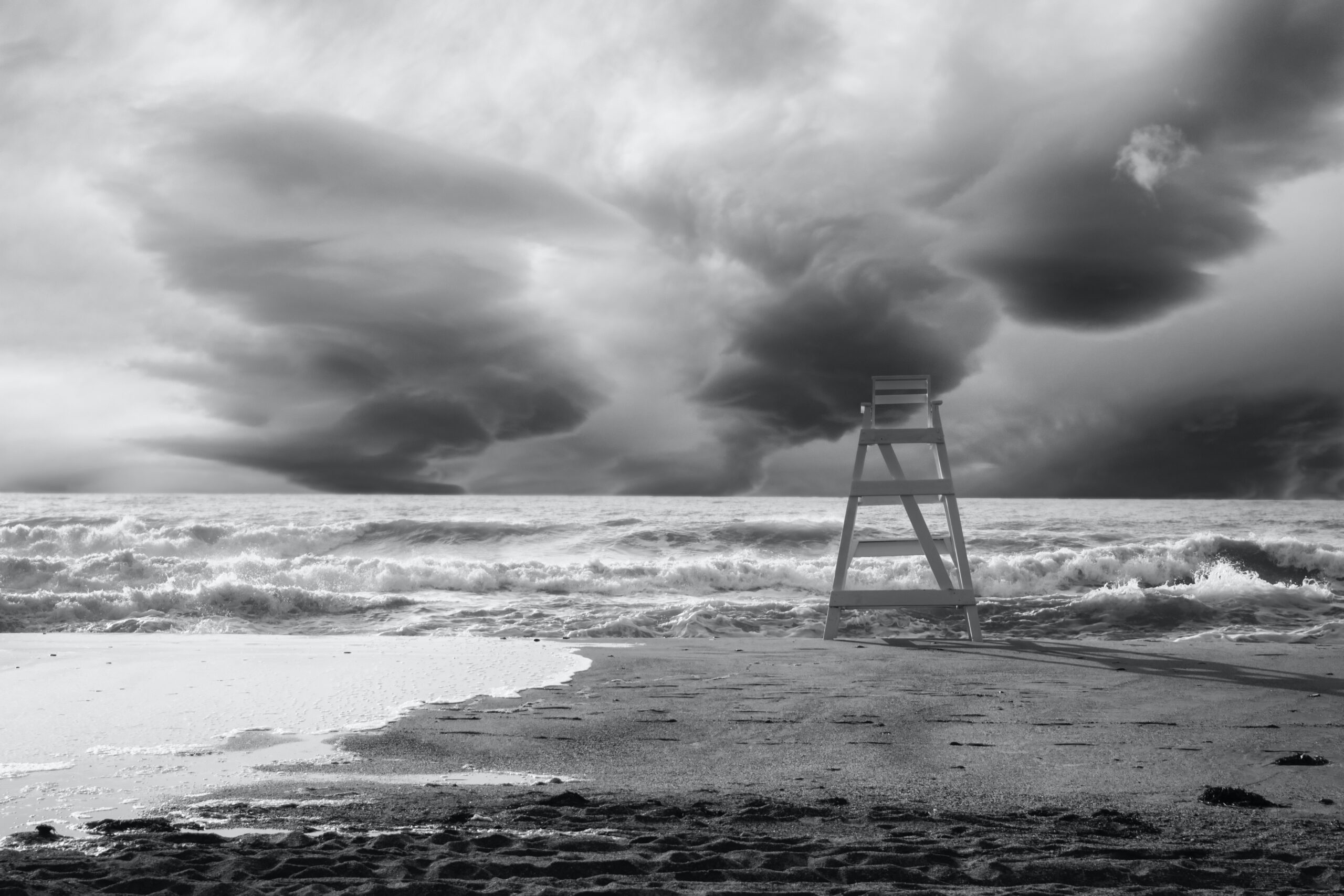

Auto-Related Tips
Predatory Towing Practices Kia and Hyundai Theft Issue Update Preventing Catalytic Converter Theft Cellular Phones and Driving Calling 9-1-1 by Cell Phone The Penny Test Tire Maintenance – P.A.R.T* The Importance of Vehicle Maintenance Purchasing New Tires Automobile Care – Tire and Wheel Alignment
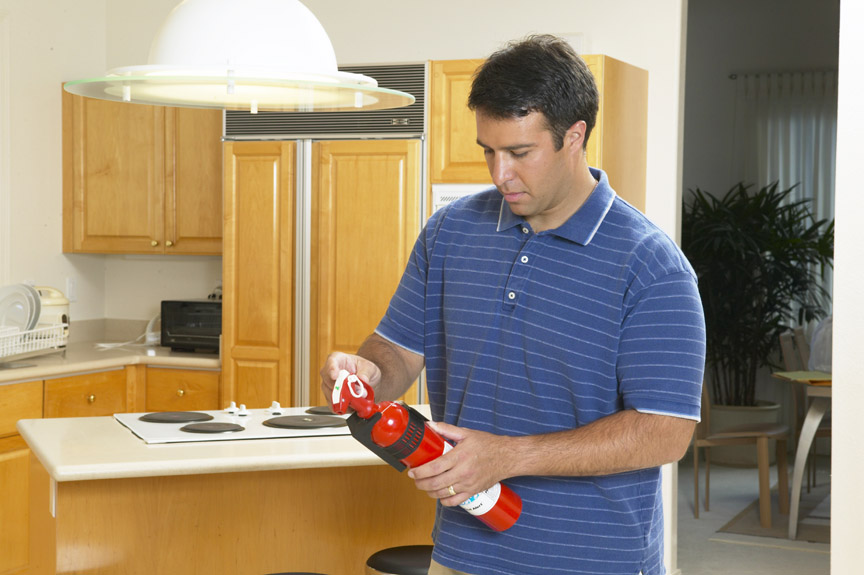
Home Safety
How Homeowners Can Prepare Their Home for a Wildfire Simple Steps to Protect Your Home While You’re on Vacation Lithium Battery Fire Prevention Smoke Alarms Protecting Your Home with Landscaping Online Shopping Safety Kitchen Fire Safety Home Remodeling Home Energy Conservation Holiday Home Safety Green Remodeling Fire Extinguishers Fire Escape Planning for Your Home The Importance of a Home Inventory List
